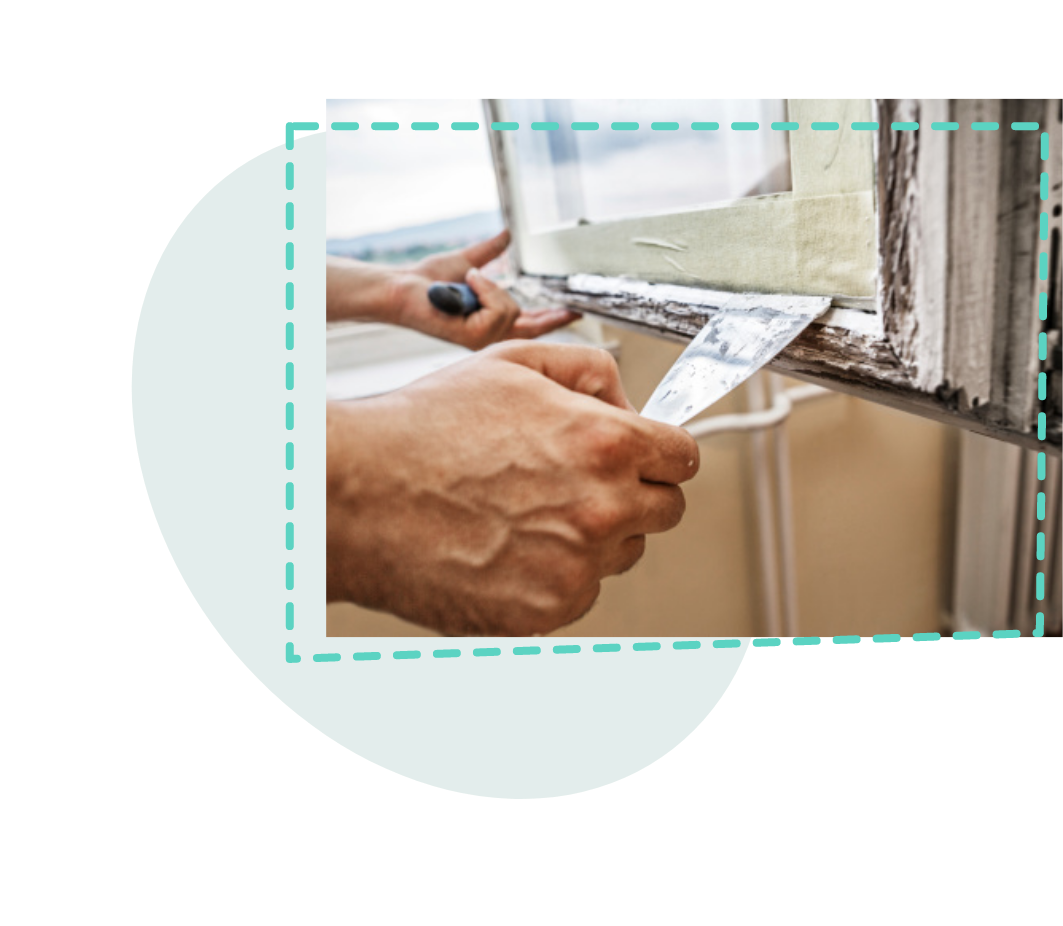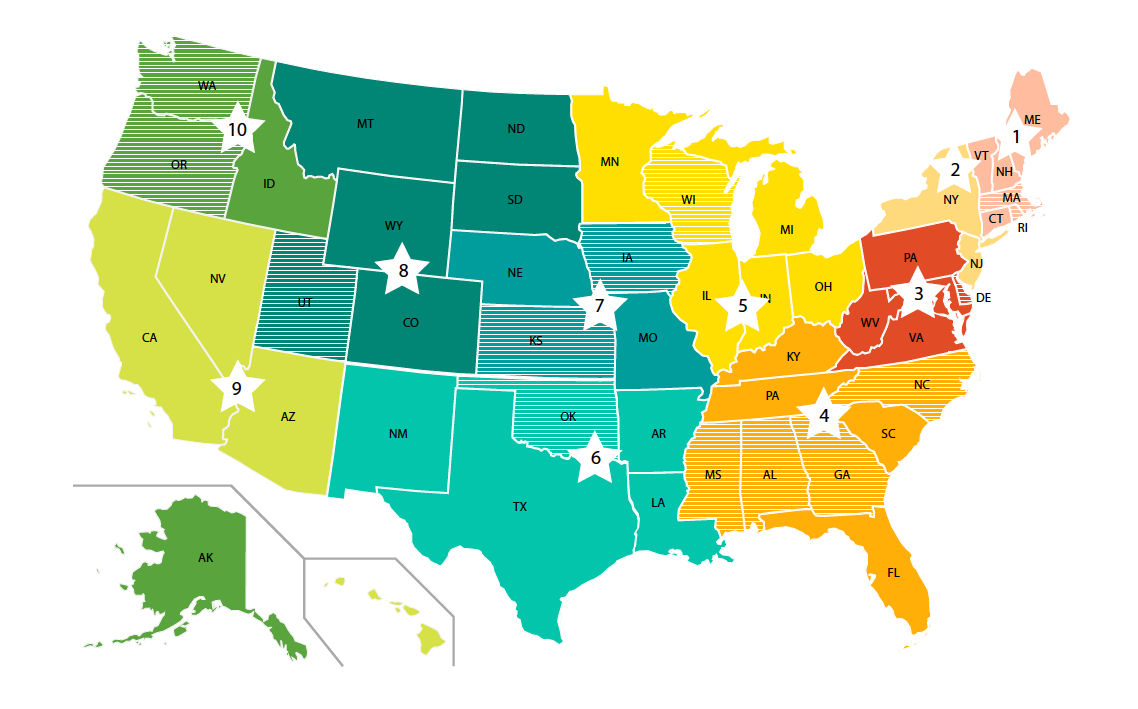State-Based Renovation, Repair, and Painting Programs

Reduce Lead hazards when renovating, repairing, or painting
A renovation, repair and painting program requires those professionals who are renovating, repairing, or painting homes built before 1978 to use lead-safe work practices to minimize and control lead dust.
Lead dust from renovation, repair and painting is a significant source of lead exposure. A 2006-07 study of children in New York found that 14% of the children with severe lead poisoning were related to renovation, repair and painting activities. The study estimated that renovation, repair and painting activities caused nearly 40% of less-severe lead poisoning cases. (Get details here.)

What's the risk?
It’s as easy as this: lead dust from renovations, repairs, and painting is a significant source of lead exposure for all of those involved — residents, neighbors, visitors to the home, and the workers themselves.


